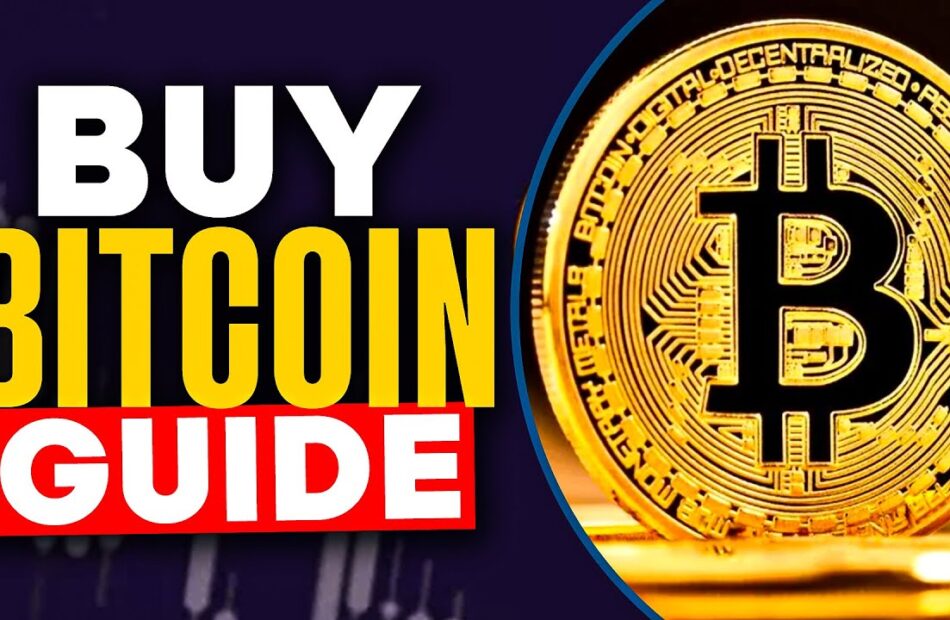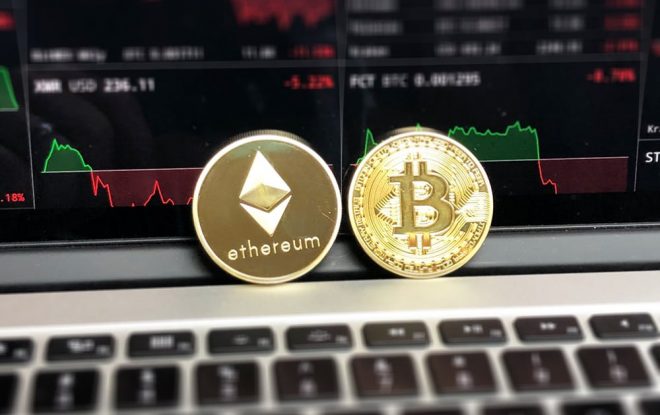How to Buy Bitcoin Safely: A Beginner’s Step-by-Step Guide
Buying Bitcoin is straightforward—but buying it safely takes a few deliberate steps. This guide walks you through the entire process, from choosing a wallet and exchange to making your first purchase and securing your coins. It’s written for beginners and focuses on practical, low-risk habits you can use right away.
Quick note: This is educational content, not financial or tax advice. Always do your own research.
Step 1: Understand the Basics (and the Risks)
- Volatility: Bitcoin’s price can move sharply. Only invest what you can afford to hold long-term.
- Irreversible transactions: If you send coins to the wrong address, there’s no chargeback.
- Self-custody responsibility: If you hold your own keys, you are the bank. That’s powerful—but you must safeguard your recovery phrase.
Step 2: Decide Where You’ll Buy
Common options:
- Regulated exchanges/brokers (recommended for beginners): Simple onboarding, bank or card deposits, clear pricing.
- P2P marketplaces: Buy from other users; more private but requires extra caution.
- Bitcoin ATMs: Convenient, but fees are typically higher.
What to look for in an exchange:
- Reputation & compliance: Established brand, clear company details, and strong track record.
- Security practices: Cold storage, insurance disclosures, and robust 2FA (preferably authenticator apps).
- Transparent fees: Published trading, deposit, and withdrawal fees.
- Liquidity: Tighter spreads (difference between buy/sell prices) reduce your cost.
- Withdrawal reliability: Easy, timely withdrawals to your own wallet.
Step 3: Set Up Your Security First (Before You Buy)
- Use a dedicated email (not used elsewhere) with a strong, unique password.
- Enable a password manager to generate/store long, unique passwords.
- Turn on 2FA using an authenticator app (avoid SMS if possible).
- Harden your device: Update your OS, browser, and antivirus; remove unknown extensions.
- Bookmark official URLs to avoid phishing; consider setting an anti-phishing code if your exchange offers it.
Step 4: Choose and Prepare Your Wallet
You can keep coins on the exchange (custodial) or move them to your own wallet (non-custodial). For maximum safety, set up your wallet before buying so you can withdraw immediately.
Wallet types:
- Hardware wallet (best for long-term): Small USB-like device that stores keys offline.
- Mobile/desktop software wallet: Good for smaller amounts and frequent spending.
- Custodial wallet (exchange): Easiest but you rely on the company’s security.
Setup steps (non-custodial):
- Generate a new wallet and write down the recovery seed phrase (12/24 words) offline on paper or a metal backup.
- Never type the phrase into websites, cloud notes, or screenshots.
- Create a strong wallet password/PIN; enable biometric unlock if available.
- (Optional) Test recovery with a small amount: wipe the wallet and restore using the seed to confirm it works.
Step 5: Create and Verify Your Exchange Account
- Sign up on your chosen exchange with your dedicated email.
- Complete KYC (ID verification) if required.
- Enable 2FA (authenticator app) immediately.
- Set withdrawal protection (address allowlisting, device approvals, withdrawal delays) if available.
- Add payment method: Bank transfer is typically cheaper; cards are faster but can cost more.
Step 6: Make Your First Purchase (The Low-Risk Way)
- Start small: Do a tiny test buy to get comfortable with the interface and fees.
- Order type:
- Market order buys instantly at current price (simple, but can include slippage).
- Limit order lets you set your price (more control, may take longer).
- Market order buys instantly at current price (simple, but can include slippage).
- Confirm you’re buying real BTC on the Bitcoin network (not a wrapped token or a different network).
- Dollar-Cost Averaging (DCA): Consider small, regular buys to reduce timing risk.
Step 7: Withdraw to Your Own Wallet (Recommended)
Exchanges are convenient but not risk-free. Withdrawing to your wallet gives you full control.
- Copy your wallet’s Bitcoin receive address (starts with “bc1…” for bech32).
- Triple-check the address before pasting—beware of clipboard-hijacking malware.
- Send a test withdrawal (e.g., a small amount) before moving larger sums.
- Choose an appropriate fee: Higher fee = faster confirmation; many exchanges set this automatically.
- Track the transaction on a block explorer until confirmed.
Step 8: Lock Down Your Long-Term Security
- Protect your recovery phrase: Store offline in two secure places (e.g., separate locations).
- Update firmware (hardware wallets) and app versions regularly.
- Use coin control/privacy basics (advanced): avoid address reuse and be mindful of how you combine UTXOs.
- Beware of social engineering: No support agent will ever ask for your seed phrase.
- Plan inheritance: Leave clear, secure instructions for trusted beneficiaries.
Step 9: Keep Records for Taxes & Compliance
- Save receipts and transaction IDs.
- Export trade history from your exchange periodically.
- Track cost basis (what you paid) and holding periods; consult a tax professional for your jurisdiction.
Common Scams to Avoid
- Guaranteed returns / “account managers”: No legitimate service guarantees profits.
- Phishing sites & fake apps: Always verify URLs and official app publishers.
- Giveaways & airdrops requiring your seed phrase: A real service will never ask for it.
- Address poisoning/dusting: Always verify addresses carefully; don’t rely on “recent” address lists.
- Imposter support: Scammers posing as exchange or wallet support on social media.
Fees 101 (So You Don’t Overpay)
- Trading fees: Charged by the exchange (maker/taker).
- Deposit/withdrawal fees: Bank wires, cards, crypto withdrawal fees.
- Network fees: Paid to Bitcoin miners; varies with network congestion.
Tips to lower costs:
- Prefer bank transfers over cards when possible.
- Use limit orders (often lower “maker” fees).
- Batch withdrawals instead of many small ones (when safe to do so).
Quick Checklist (Print or Save)
- Dedicated email + strong password + authenticator 2FA
- Reputable exchange with clear fees and smooth withdrawals
- Non-custodial wallet set up; seed phrase backed up offline
- Small test buy and small test withdrawal first
- Verify network (BTC) and addresses every time
- Records exported for tax tracking
- Ongoing security hygiene and scam awareness
Buying Bitcoin safely is less about technical skill and more about disciplined habits: control your keys, verify everything, and start small. Follow the steps above and you’ll build a secure foundation for your Bitcoin journey—without unnecessary risks.



